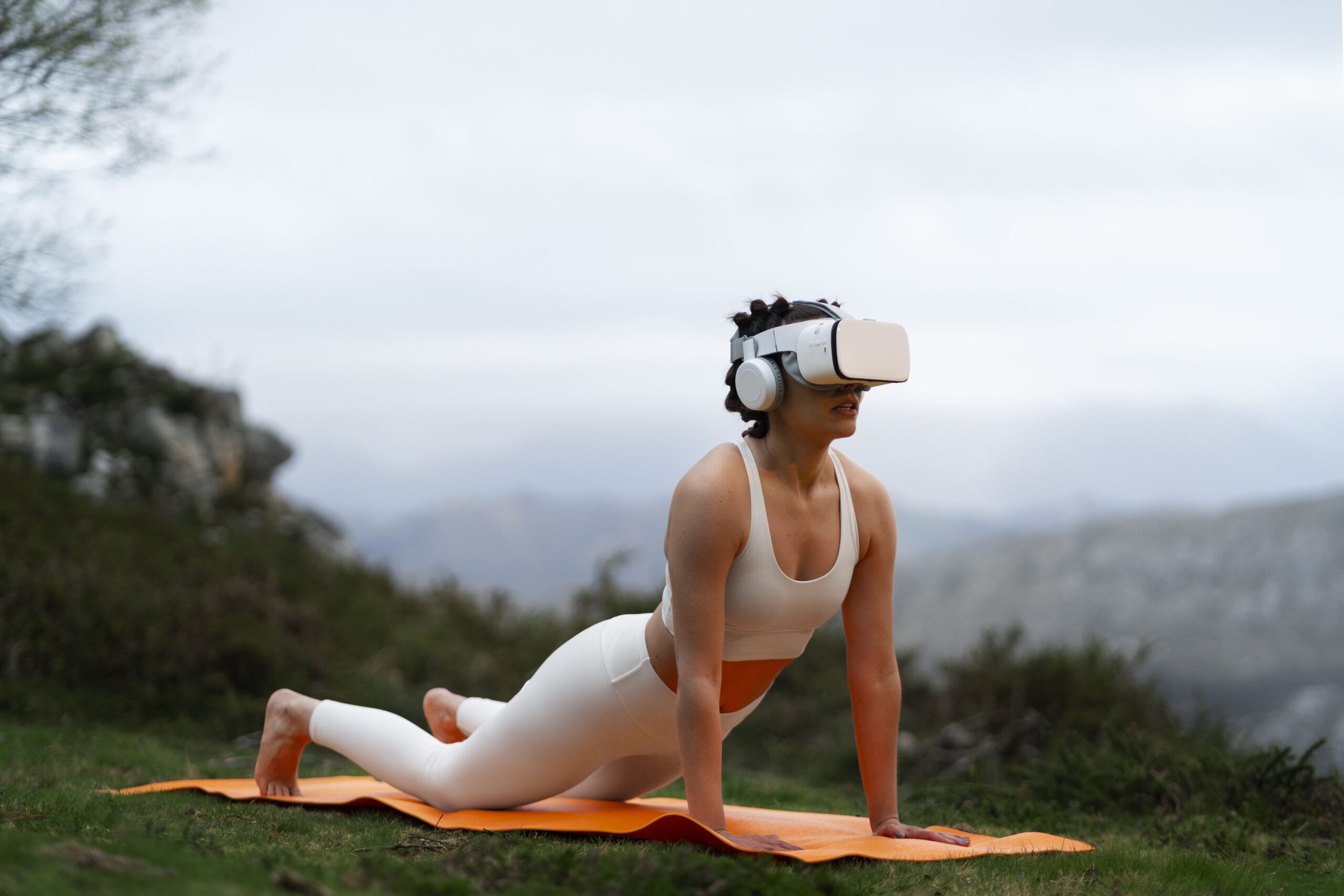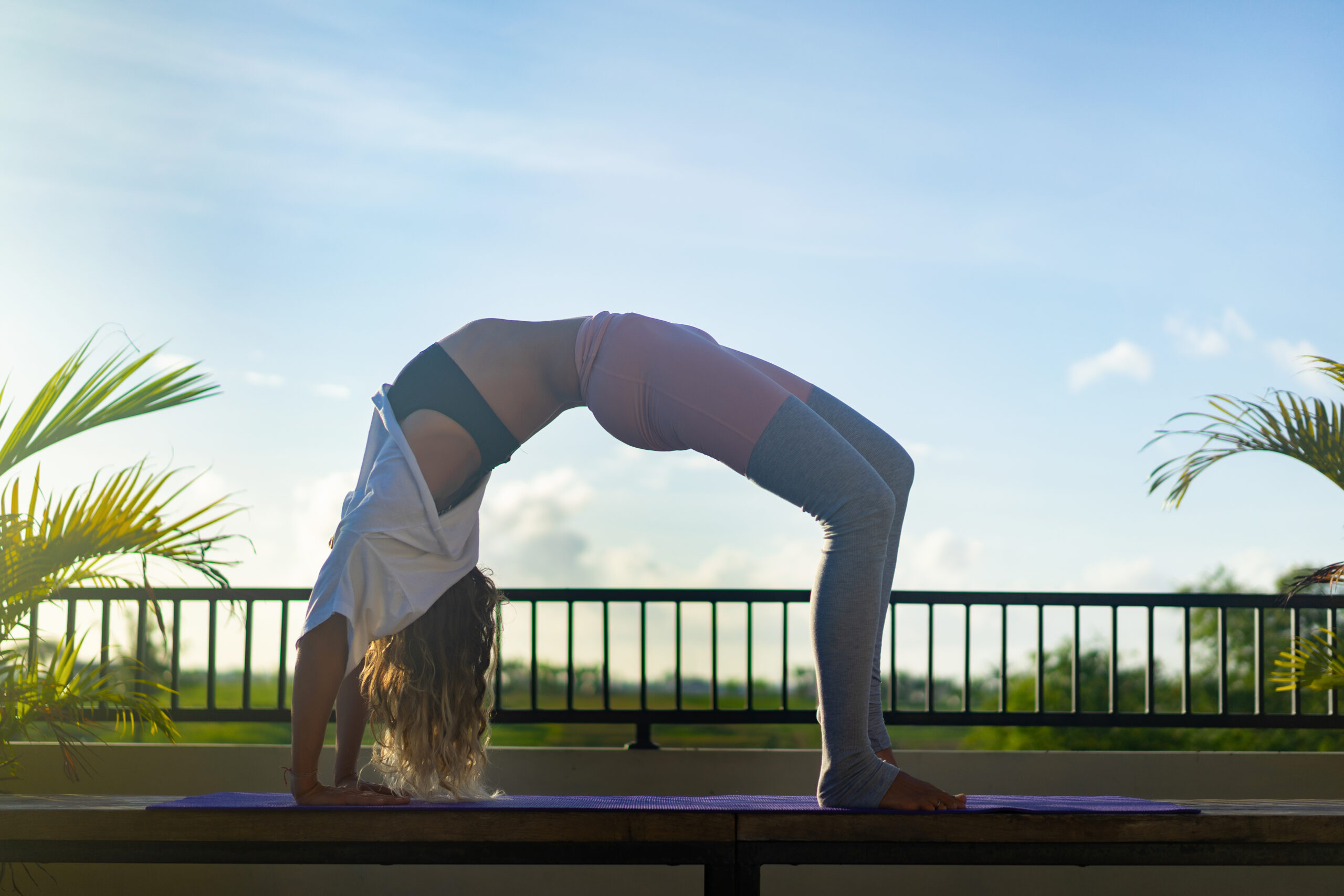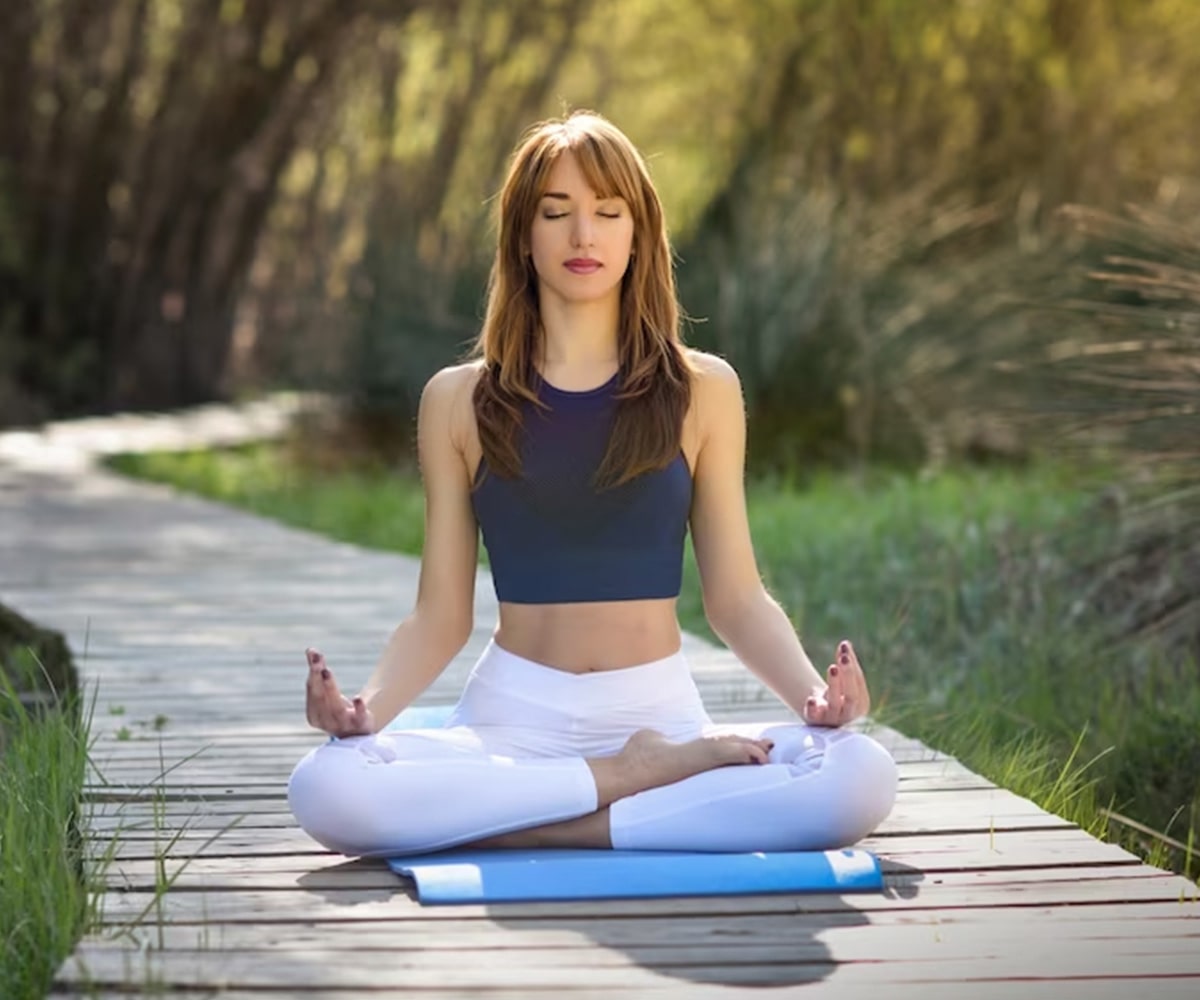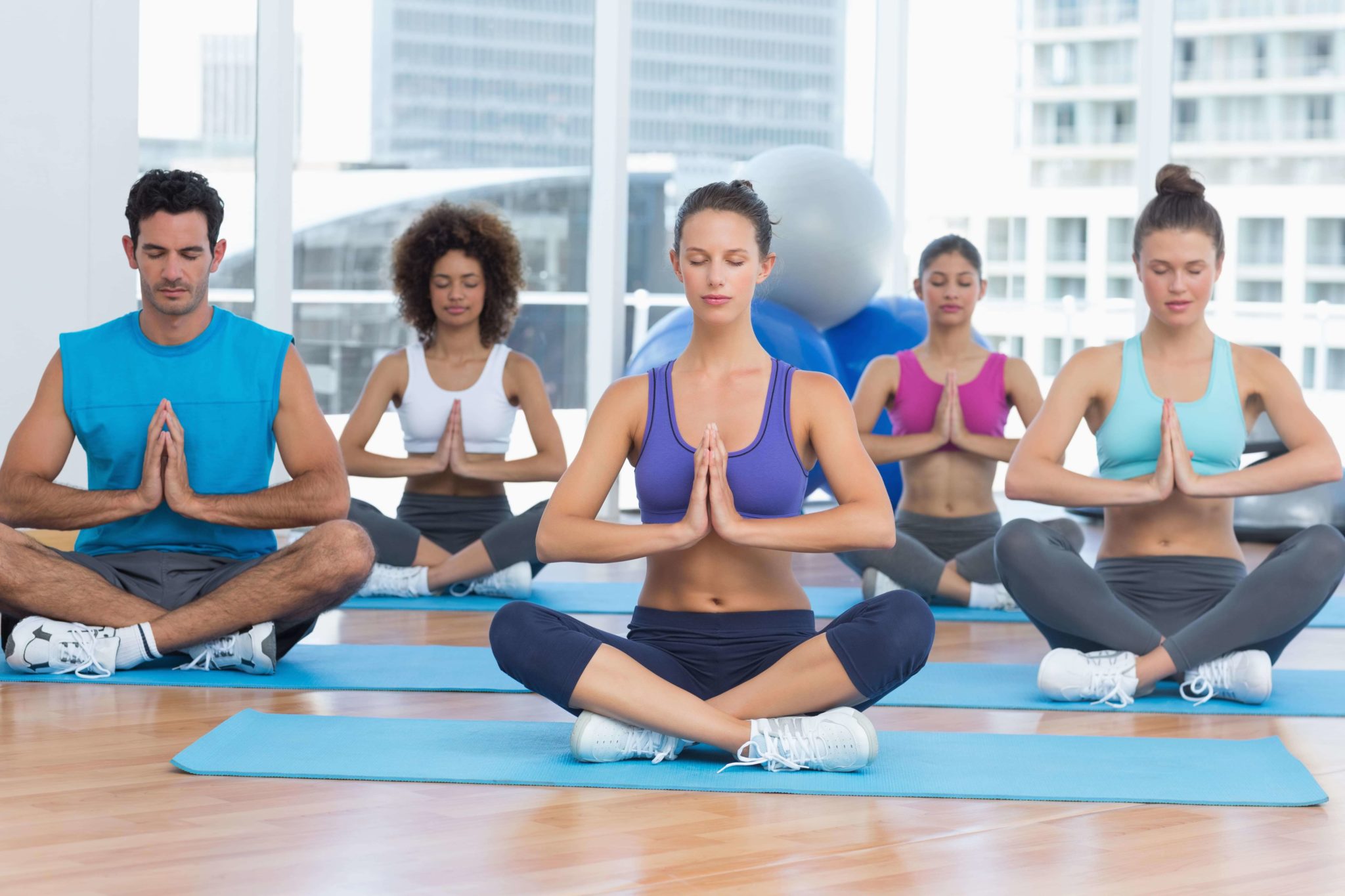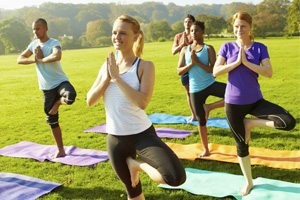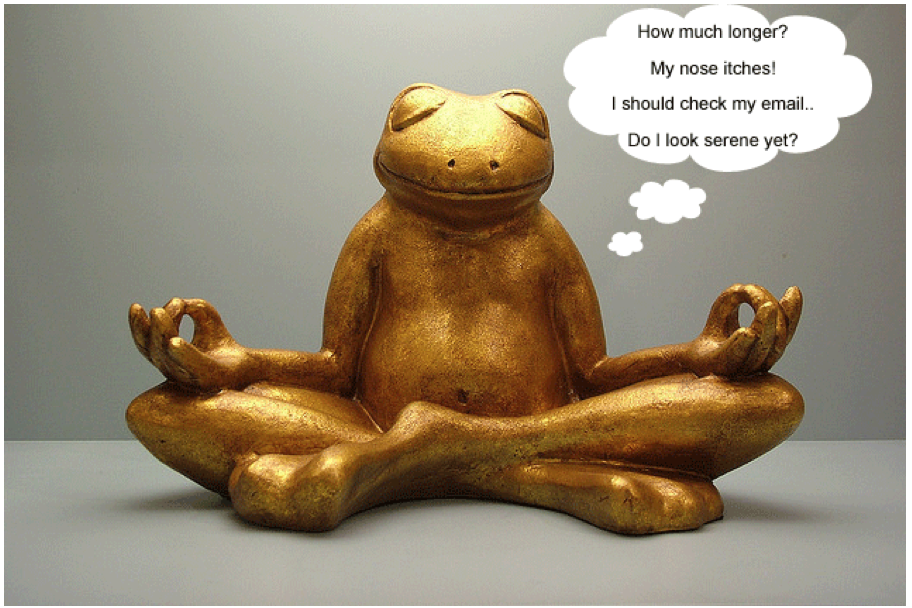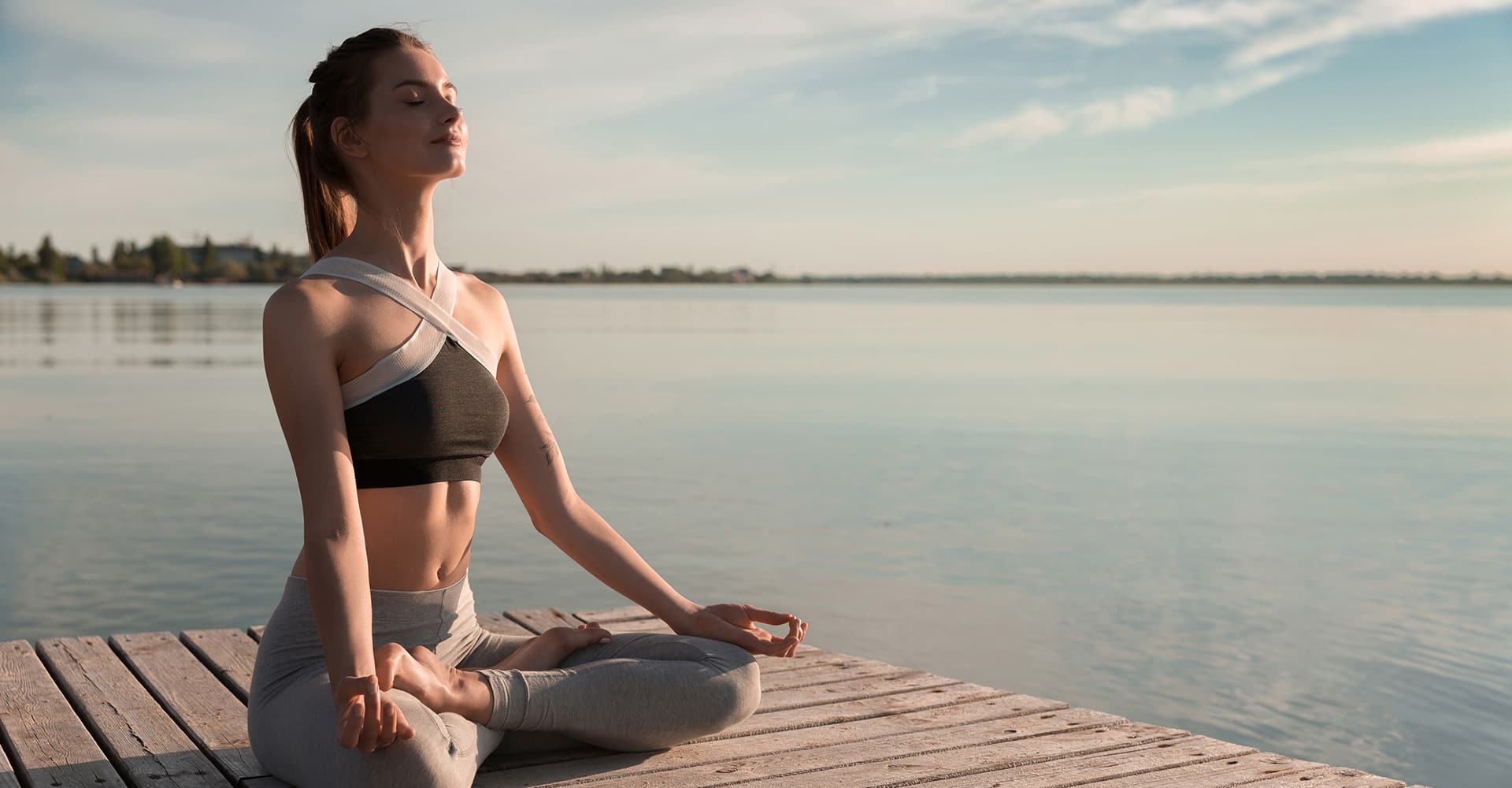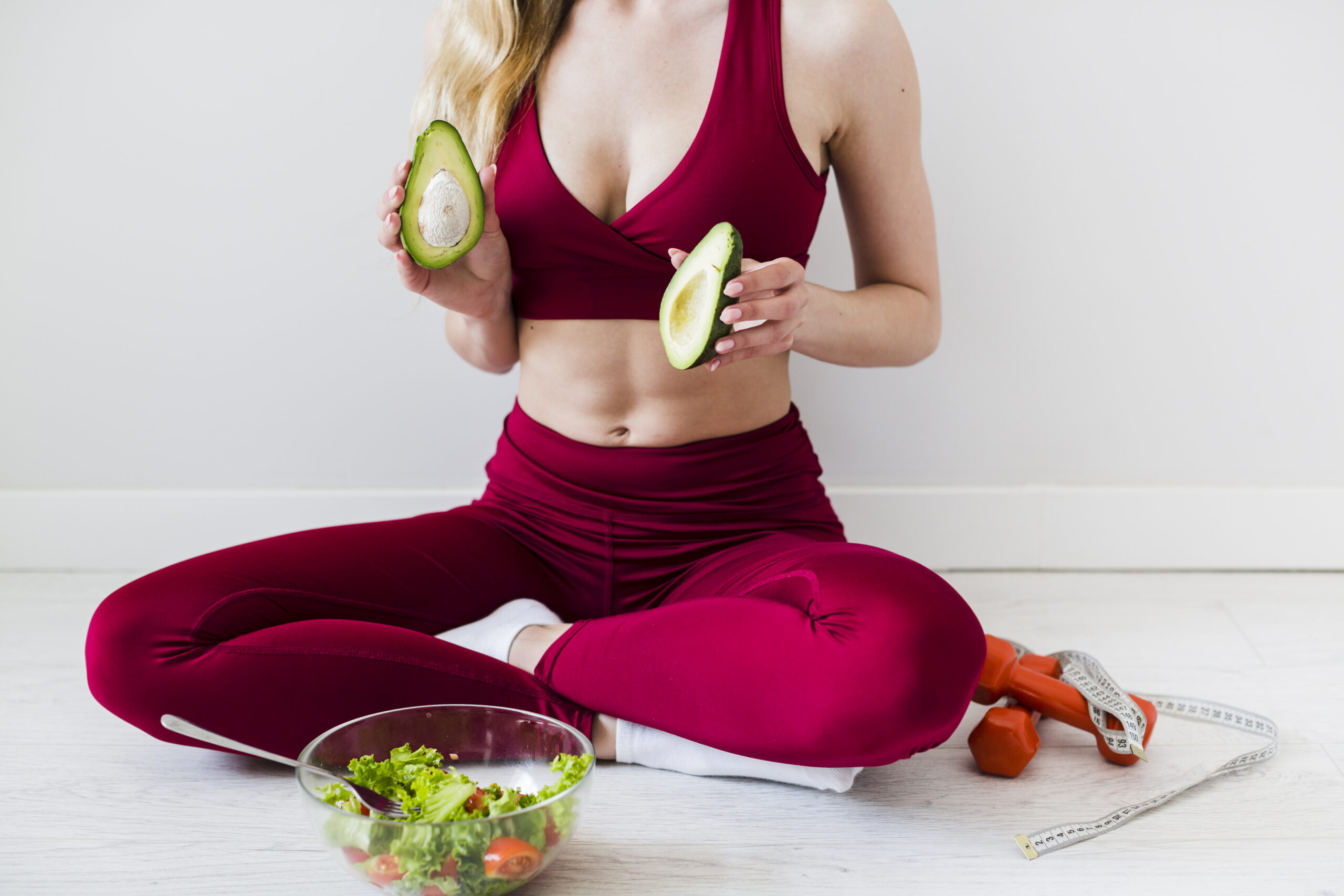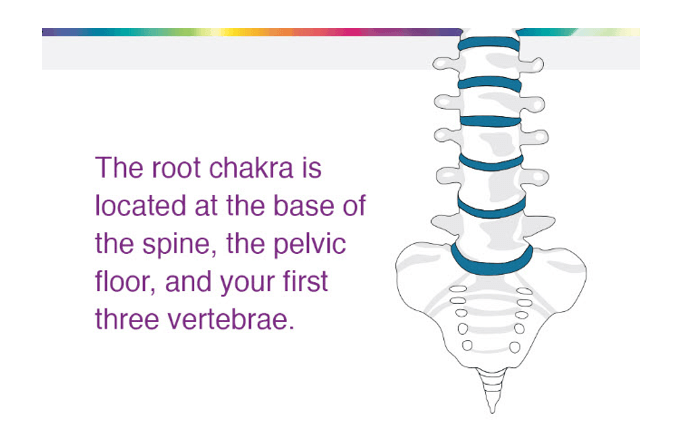The world of yoga education has evolved rapidly over the past few years, driven by technological advancements, changing lifestyles, and a growing demand for flexibility in learning.
In 2025, hybrid yoga teacher training programs, which combine in-person and online components, have emerged as a compelling option for aspiring yoga instructors. These programs promise the best of both worlds: the hands-on experience of traditional training and the convenience of online learning.
But is hybrid yoga teacher training truly the future of yoga education? This blog explores the rise of hybrid programs, their benefits, challenges, and their potential to shape the future of how yoga teachers are trained.
The Rise of Hybrid Yoga Teacher Training
The concept of hybrid yoga teacher training gained momentum during the global shift to online learning in the early 2020s. As yoga studios and training schools adapted to restrictions, many began offering virtual classes and training sessions. While fully online programs became popular for their accessibility, some students missed the personal connection and hands-on guidance of in-person training.
Hybrid programs emerged as a solution, blending the flexibility of online learning with the immersive experience of in-person sessions. In 2025, these programs have become increasingly sophisticated, leveraging advanced technology to create seamless learning experiences.
From live-streamed classes to virtual reality-enhanced practice sessions, hybrid training is redefining how aspiring teachers engage with yoga education.
The Structure of Hybrid Yoga Teacher Training
Hybrid yoga teacher training programs typically combine self-paced online modules with scheduled in-person intensives.
Online components often include pre-recorded lectures on yoga philosophy, anatomy, and teaching methodology, allowing students to study at their own pace. Live virtual sessions, conducted via platforms like Zoom, offer opportunities for real-time interaction with instructors and peers. In-person sessions, which may last a few days or weeks, focus on practical skills like asana practice, hands-on adjustments, and teaching practice.
Some programs also incorporate innovative tools, such as apps for tracking progress or virtual reality platforms for simulating studio environments.
This structure caters to diverse learning styles while accommodating busy schedules and geographic limitations.
Benefits of Hybrid Yoga Teacher Training
One of the most significant advantages of hybrid yoga teacher training is its flexibility. Students can complete theoretical coursework from anywhere in the world, making it easier for those with demanding jobs or family responsibilities to pursue their training. This accessibility also allows programs to reach a global audience, fostering diverse communities of learners.
For example, a student in a rural area can join a prestigious training program without relocating, while still attending in-person sessions to refine their skills. Additionally, hybrid programs often cost less than fully in-person training due to reduced travel and accommodation expenses, making yoga education more affordable.
Another key benefit is the balance between independent study and hands-on learning. Online modules allow students to revisit complex topics like anatomy or yoga philosophy at their own pace, ensuring a deeper understanding. Meanwhile, in-person sessions provide critical opportunities to practice teaching, receive immediate feedback, and build confidence in a real-world setting.
This combination creates well-rounded teachers who are both knowledgeable and skilled in practical application. Furthermore, hybrid programs often leverage technology to enhance learning, such as interactive apps or virtual platforms that simulate teaching scenarios, offering a modern twist to traditional yoga education.
Challenges of Hybrid Yoga Teacher Training
Despite its advantages, hybrid yoga teacher training is not without challenges. One of the primary concerns is the potential for disconnection in online learning. While live virtual sessions foster interaction, they may not fully replicate the sense of community found in in-person training. Building meaningful relationships with instructors and peers can be harder in a hybrid format, especially for students who thrive on face-to-face connection. Programs must work diligently to create engaging virtual environments, such as through discussion forums or group projects, to maintain a sense of belonging.
Another challenge is the variability in program quality. Not all hybrid programs are created equal, and some may prioritize convenience over depth. For instance, a program with minimal in-person components may not provide enough hands-on practice, leaving students underprepared to teach. Technical issues, such as unreliable internet connections or outdated platforms, can also disrupt the learning experience. Additionally, students must be self-disciplined to complete online modules on time, as the flexibility of hybrid programs can lead to procrastination without proper structure or accountability.
The Role of Technology in Hybrid Training
Technology plays a pivotal role in the success of hybrid yoga teacher training in 2025. Advanced platforms enable seamless integration of online and in-person components, creating cohesive learning experiences.
For example, learning management systems allow students to track their progress, submit assignments, and access resources in one place. Virtual reality and augmented reality are also making their way into yoga education, offering immersive simulations of teaching environments or anatomical visualizations.
These tools enhance understanding and make online learning more engaging. However, programs must ensure their technology is user-friendly and accessible to students with varying levels of tech-savviness.
Accreditation and Credibility
For hybrid yoga teacher training to be a viable future for yoga education, accreditation remains critical. Programs registered with Yoga Alliance, such as those offering 200-hour or 300-hour Registered Yoga Teacher (RYT) certifications, are widely recognized and respected. In 2025, Yoga Alliance has adapted its standards to accommodate hybrid formats, ensuring that programs meet rigorous requirements for both online and in-person components. Aspiring teachers should verify a program’s accreditation and research its reputation through reviews, alumni feedback, and industry recognition. A credible program will provide a certification that opens doors to teaching opportunities worldwide.
Who Benefits Most from Hybrid Training?
Hybrid yoga teacher training is particularly appealing to certain groups.
- Busy professionals, parents, or individuals in remote areas benefit from the flexibility of online learning, which allows them to balance training with other responsibilities.
- Those who value hands-on practice but cannot commit to months-long in-person programs also find hybrid formats ideal.
- Additionally, hybrid programs attract international students who want to train with renowned schools without relocating.
However, students who prefer fully immersive, in-person experiences or struggle with self-paced learning may find hybrid formats less suitable. Understanding personal learning preferences is key to choosing the right program.
The Future of Yoga Education
As we look ahead, hybrid yoga teacher training is poised to play a significant role in the future of yoga education. Its ability to combine accessibility, affordability, and practical experience makes it an attractive option for a diverse range of students. The integration of cutting-edge technology further enhances its appeal, offering innovative ways to learn and practice. However, the success of hybrid programs depends on their ability to maintain high standards, foster community, and balance online and in-person elements effectively. Schools must continue to innovate, ensuring that hybrid training delivers the depth and quality of traditional programs while embracing the advantages of modern technology.
The growing popularity of hybrid formats also reflects broader trends in education and wellness. As people seek flexible, inclusive, and sustainable ways to learn, hybrid yoga teacher training aligns with these values. It democratizes access to yoga education, allowing more people to share the benefits of yoga with their communities. While fully in-person and fully online programs will continue to have their place, hybrid training offers a versatile middle ground that could become the standard for yoga education in the years to come.
Is Hybrid Training Right for You?
Deciding whether hybrid yoga teacher training is the future for you depends on your goals, lifestyle, and learning preferences. If you value flexibility, affordability, and the opportunity to learn from anywhere while still gaining hands-on experience, a hybrid program could be ideal. However, it’s essential to research programs thoroughly, ensuring they offer a robust curriculum, experienced faculty, and strong accreditation. By choosing a high-quality hybrid program, you can gain the skills and confidence to become a transformative yoga teacher. In 2025, hybrid yoga teacher training is not just a trend—it’s a powerful evolution in how we learn and share the practice of yoga.


